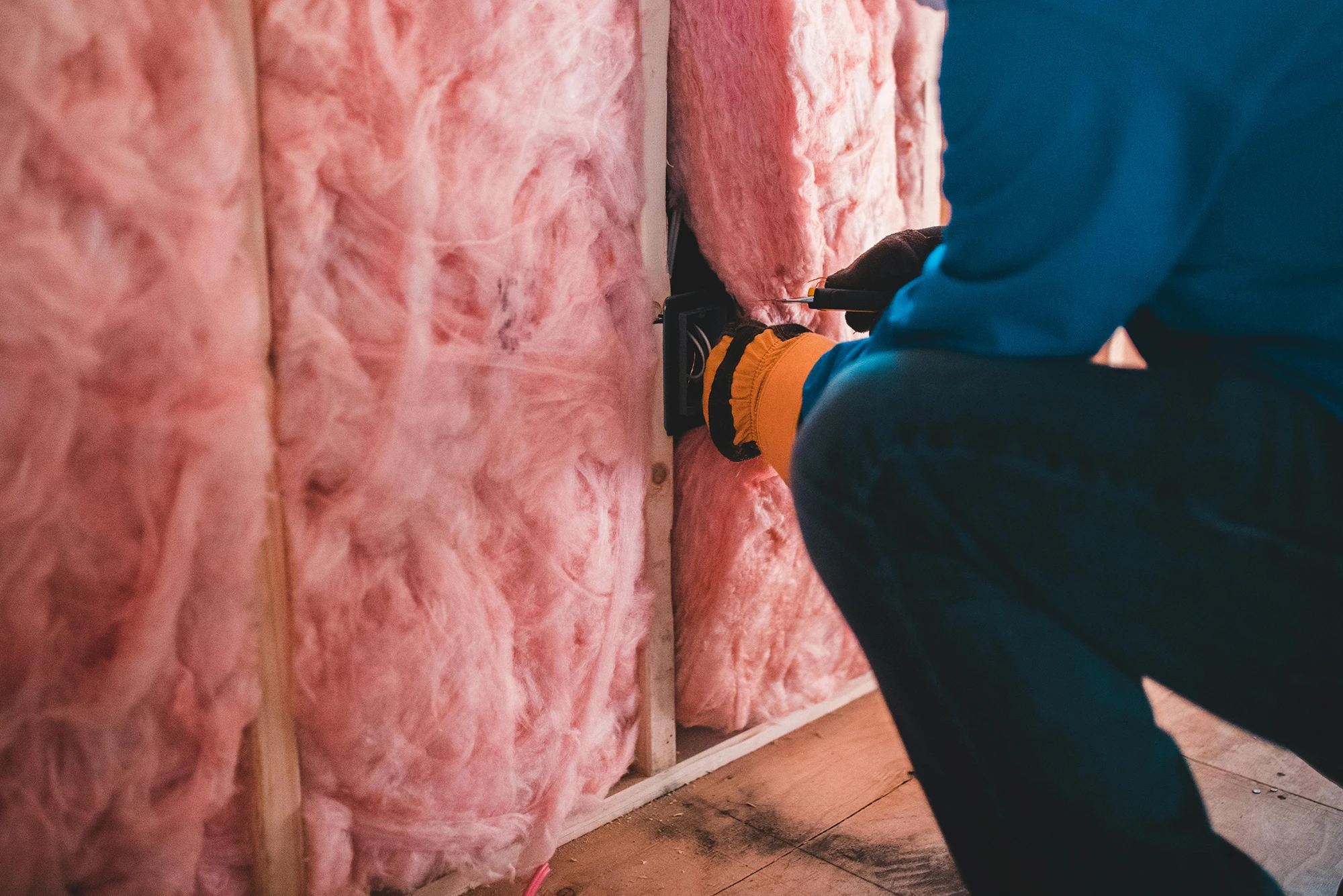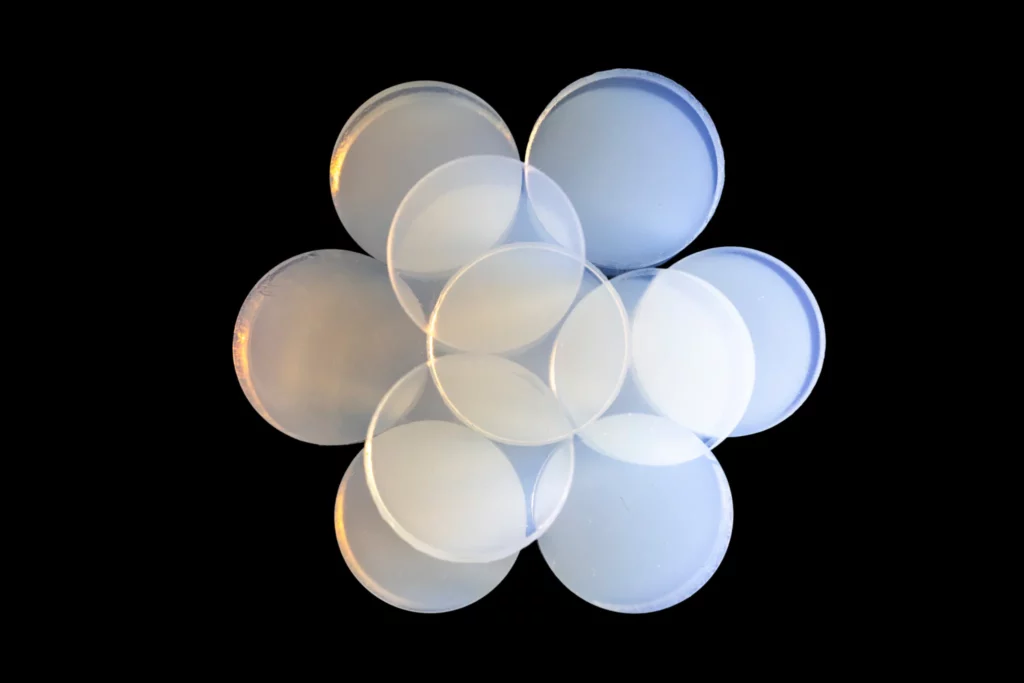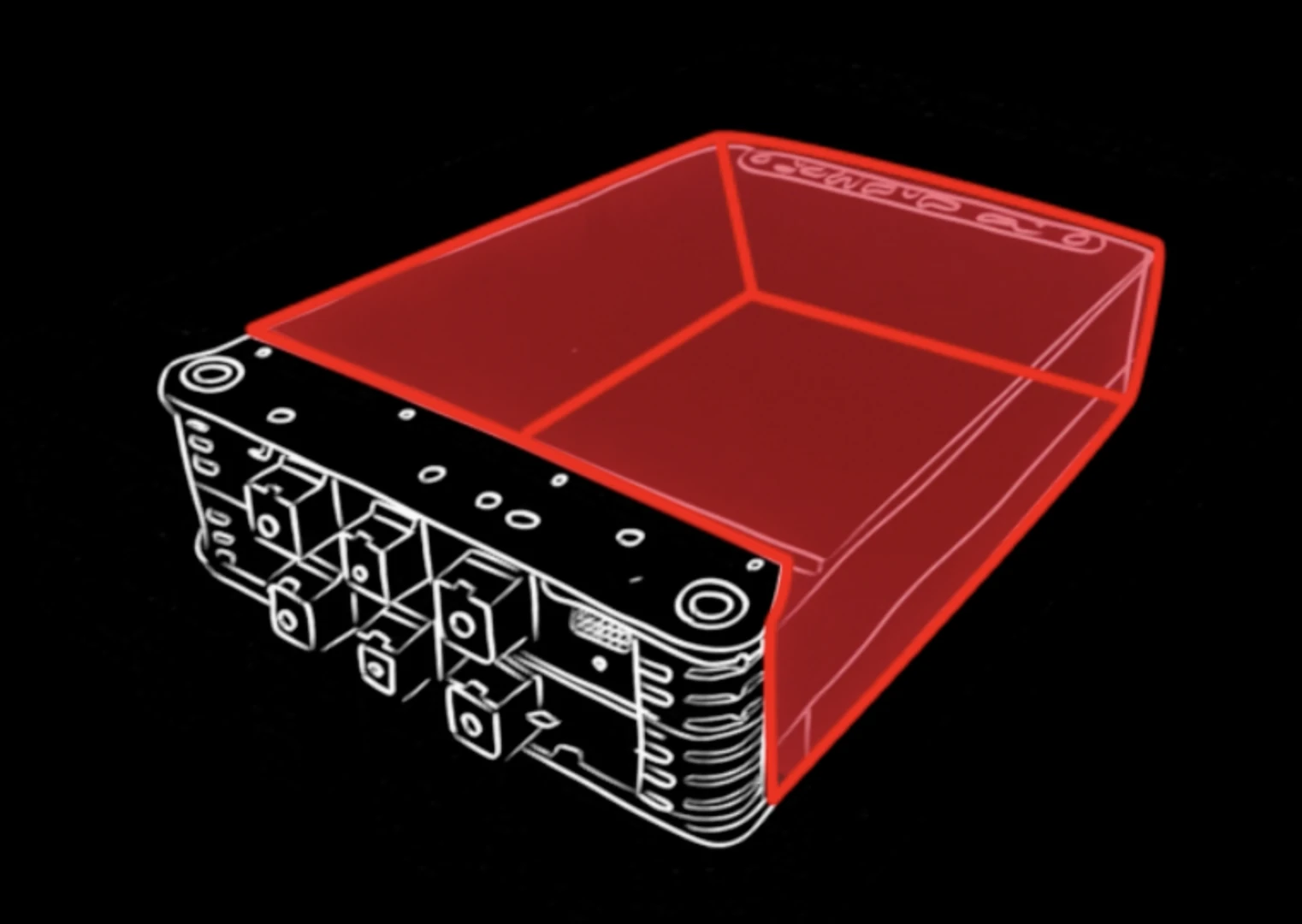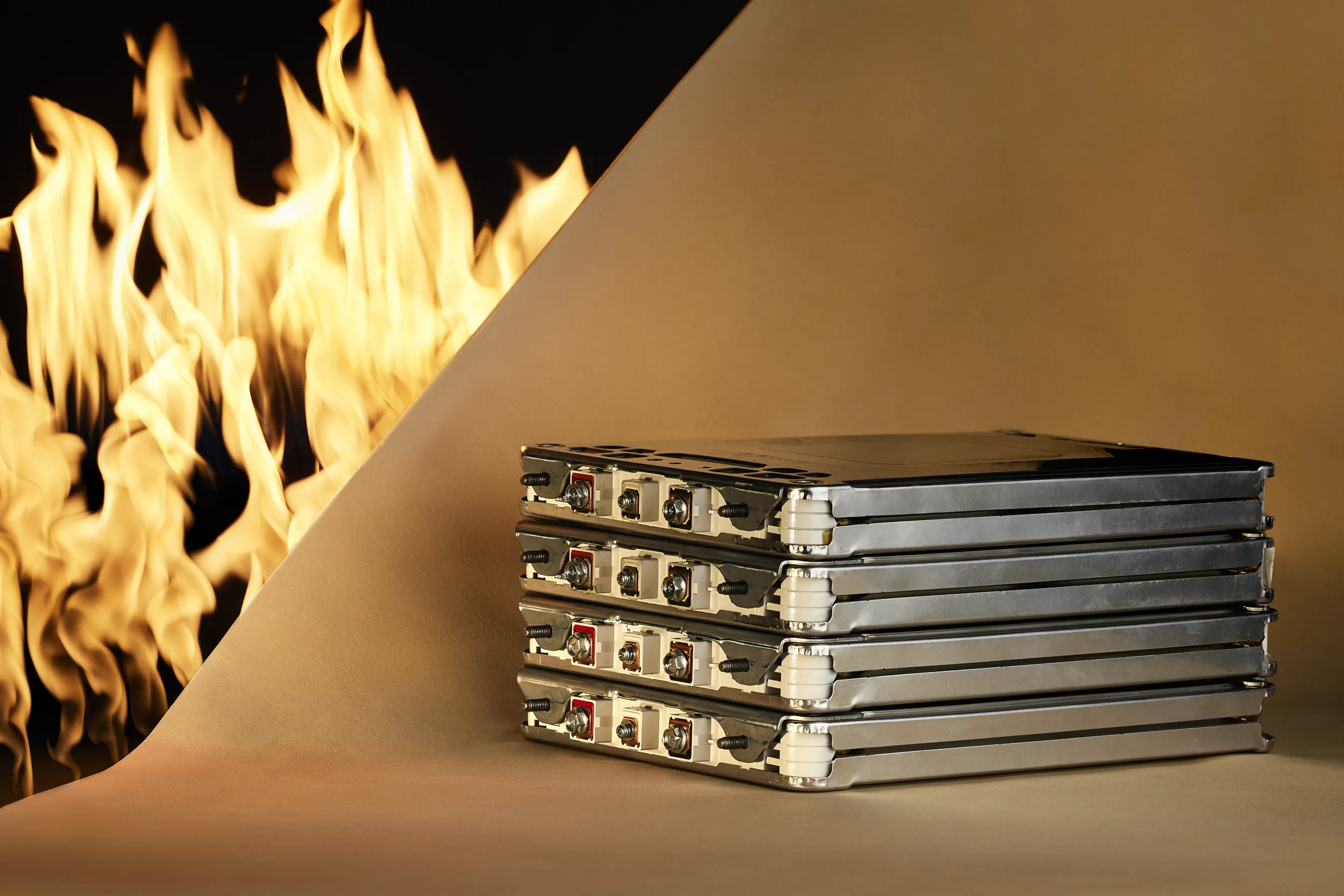
HVAC
Comparing Aerogel to Traditional HVAC Insulation Materials
When it comes to optimizing HVAC systems, insulation plays a critical role in ensuring energy efficiency, thermal performance, and overall system longevity. While traditional materials like fiberglass, foam, and mineral wool have long been the go-to choices, a new contender has entered the arena: aerogel. This cutting-edge material is quickly gaining attention for its superior properties and potential to redefine HVAC insulation standards. Let’s dive into how aerogel stacks up against traditional insulation materials.
The Basics of Insulation Materials
Insulation materials are evaluated based on their thermal conductivity, durability, moisture resistance, and ease of installation. Let’s explore how aerogel compares to traditional materials in each of these areas.
1. Thermal Conductivity: Efficiency at Its Core
Traditional Materials:
- Fiberglass and foam typically have thermal conductivity values ranging from 0.030 to 0.040 W/m·K. These materials provide adequate insulation but often require significant thickness to achieve high R-values.
- Mineral wool offers slightly better thermal performance but is bulkier and less effective at preventing air leakage.
Aerogel:
- With a thermal conductivity as low as 0.015 W/m·K, aerogel is up to four times more effective than traditional materials. This exceptional performance enables thinner insulation layers without compromising energy efficiency.
2. Durability: Long-Term Performance
Traditional Materials:
- Fiberglass tends to degrade over time due to moisture absorption and compaction.
- Foam insulation can break down under UV exposure and may lose efficiency in extreme temperatures.
- Mineral wool is more durable but can lose integrity when exposed to prolonged moisture or physical stress.
Aerogel:
- Aerogel resists moisture absorption, maintaining its structure and insulating properties over decades. Its inherent stability ensures consistent performance, even in challenging environmental conditions.
3. Moisture Resistance: Battling Condensation
Traditional Materials:
- Fiberglass and mineral wool are prone to absorbing moisture, which can lead to mold growth, material degradation, and decreased insulation effectiveness.
- Foam insulation is often better at resisting moisture but may require additional vapor barriers to perform optimally.
Aerogel:
- Aerogel’s hydrophobic properties make it virtually impermeable to water. This ensures it remains effective in humid or damp environments, reducing maintenance needs and extending its lifespan.
4. Space Efficiency: Slim Profiles for Tight Spaces
Traditional Materials:
- Traditional insulation materials often require significant thickness to achieve high R-values, which can be a challenge in space-constrained installations.
Aerogel:
- Aerogel’s superior thermal performance allows for ultra-thin insulation layers, making it ideal for retrofits, duct insulation, and applications where space is at a premium.
5. Environmental Impact: A Sustainable Future
Traditional Materials:
- The production of fiberglass and foam often involves significant energy use and generates non-biodegradable waste. Additionally, some foam insulations contain blowing agents with high global warming potential (GWP).
Aerogel:
- Modern aerogel manufacturing processes are increasingly eco-friendly, using fewer resources and producing less waste. Its durability also reduces the need for frequent replacements, lowering overall environmental impact.
Choosing the Right Material for HVAC Insulation
While traditional materials have served the industry well for decades, they come with inherent trade-offs in terms of performance, durability, and sustainability. Aerogel, on the other hand, offers a revolutionary solution that addresses many of these challenges. Its superior thermal efficiency, moisture resistance, and slim profile make it a standout choice for modern HVAC applications.
The Solarcore Commitment
At Solarcore, we harness the power of aerogel to create advanced insulation solutions that outperform traditional materials in every aspect. Whether you’re designing a new HVAC system or upgrading an existing one, our aerogel-enhanced technologies ensure optimal energy efficiency and long-term reliability.
Conclusion
The insulation landscape is evolving, and aerogel is leading the charge. By choosing aerogel over traditional materials, HVAC professionals can achieve unparalleled performance, reduce energy waste, and contribute to a more sustainable future. Ready to make the switch? Explore Solarcore’s innovative solutions today.
This blog post was written with the assistance of Open AI’s Chat GPT.






